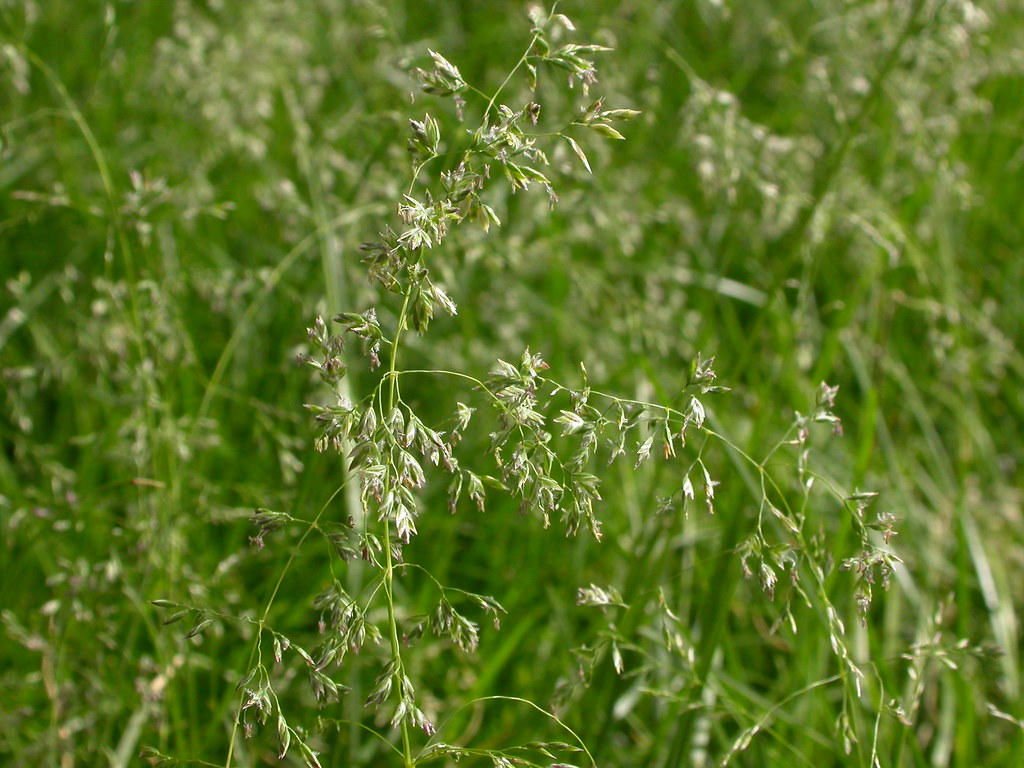Kentucky Bluegrass
| Growing Period | Type | Annual or Perennial | Drought Tolerance | Shade Tolerance | Salinity Tolerance |
|---|---|---|---|---|---|
| Cool Season | Grass | Perennial | Intolerant | Intolerant | Low |

Effects on Microclimate
Newenhouse and Dana (1989) described a three-year field study of strawberry (Frageria X ananassa Duchesne Rosaceae; cv 'Sparkle' and 'Honeoye'). Living mulches of wheat (Triticum aestivum L.), Kentucky bluegrass (Poa pratensis L.), or perennial ryegrass (Lolium perenne L.) provided protection from winter storms and, thereby, improved fruit yield and quality. When snow covered the strawberry plants, living mulches did not enhance yield or quality. When wind damaged blossoms, yields were better in plots with living mulches. When no such damage occurred, yields did not differ. Perennial ryegrass, which spreads by tillering but did not invade the strawberry rows, and which grows tall enough to provide wind protection, appeared the best living mulch tested.
Effects on Soil
A three-year field study of strawberry (Frageria X ananassa Duchesne Rosaceae; cv 'Sparkle' and 'Honeoye') showed that living mulches of wheat (Triticum aestivum L.), Kentucky bluegrass (Poa pratensis L.), or perennial ryegrass (Lolium perenne L.) reduced soil compaction (Newenhouse and Dana, 1989).
Pest Effects, Weeds
A three-year field study of strawberry (Frageria X ananassa Duchesne Rosaceae; cv 'Sparkle' and 'Honeoye') showed that living mulches of wheat (Triticum aestivum L.), Kentucky bluegrass (Poa pratensis L.), or perennial ryegrass (Lolium perenne L.) effectively suppressed weeds. Perennial ryegrass, which spreads by tillering but did not invade the strawberry rows, and which grows tall enough to provide wind protection, appeared the best living mulch tested (Newenhouse and Dana, 1989).
